Cheddar Cheese Overview
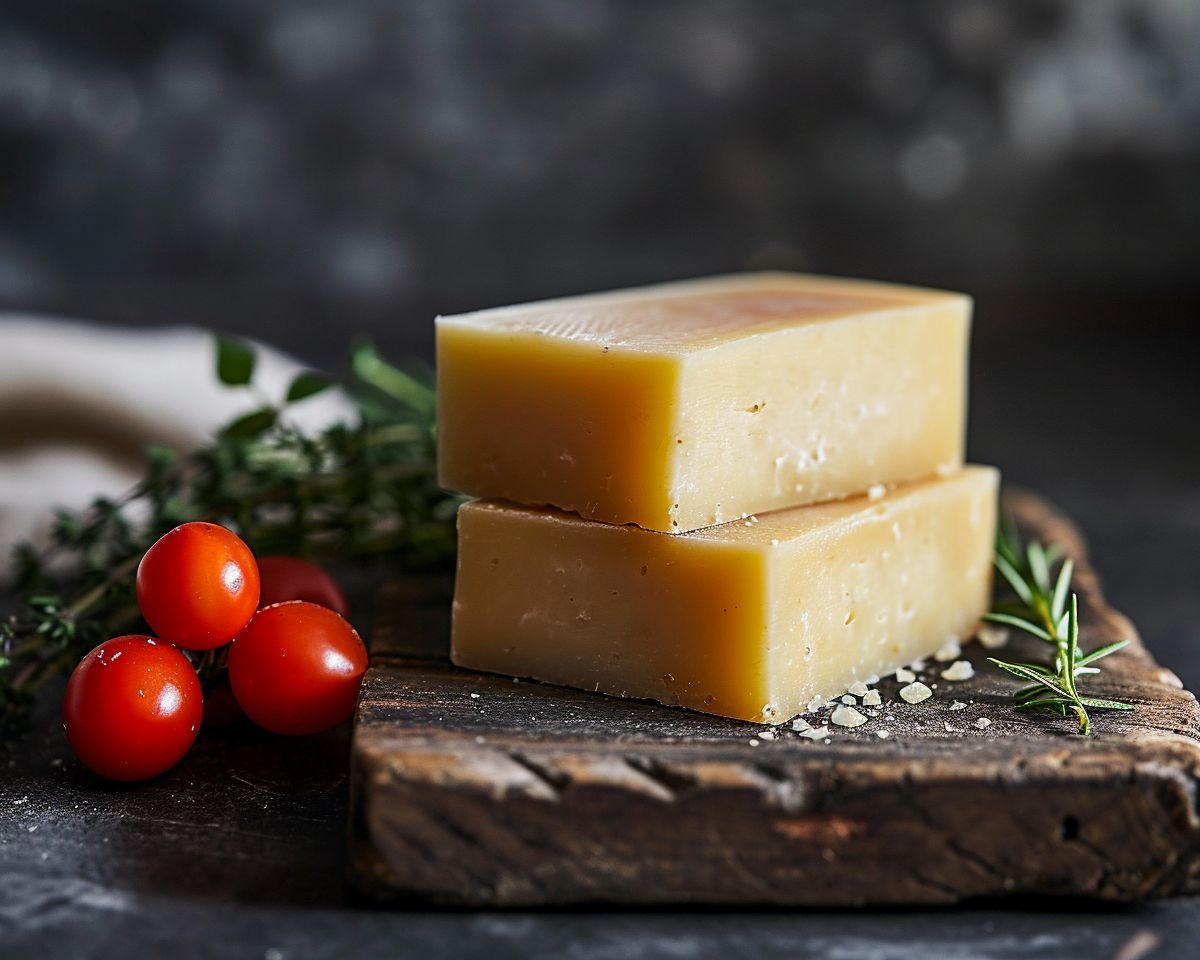
Cheddar cheese is a popular and versatile cheese that originated in the village of Cheddar in Somerset, England. It is known for its rich and creamy flavor, making it a staple in many households and recipes. Cheddar cheese is made from cow’s milk that is heated and coagulated with rennet, forming curds. After the curds are cut and stirred, they are pressed into molds and aged for varying lengths of time, which affects the flavor and texture of the cheese. Cheddar cheese ranges in color from pale yellow to deep orange, and can be found in different styles, including mild, sharp, and extra sharp. With its smooth texture and bold taste, cheddar cheese is a favorite topping for burgers, a key ingredient in macaroni and cheese, and a must-have for cheese platters.
Cheddar Cheese Origin And Characteristics
Cheddar cheese originated in the village of Cheddar in Somerset, England. It is a renowned cheese known for its rich and creamy flavor. Made from cow’s milk, the cheese undergoes a process of heating and coagulation with rennet to form curds. These curds are then cut and stirred before being pressed into molds and aged for various periods. Cheddar cheese ranges in color from pale yellow to deep orange and is available in different styles, including mild, sharp, and extra sharp. With its smooth texture and bold taste, cheddar cheese is a beloved choice for burgers, macaroni and cheese, and cheese platters.
Cheddar Cheese Popular Varieties
Cheddar cheese comes in a variety of styles and flavors, making it versatile and appealing to different taste preferences. Some popular varieties of cheddar cheese include mild, sharp, and extra sharp. Mild cheddar has a mellow and creamy flavor, making it great for sandwiches and burgers. Sharp cheddar has a stronger and more pronounced taste, perfect for adding flavor to dishes like macaroni and cheese. Extra sharp cheddar is the most intense and complex, with a tangy and robust flavor that pairs well with fruits and red wines. Whether you prefer a subtle or bold flavor, there is a cheddar cheese variety to suit your taste.
Colby Cheese Overview

Colby cheese is a popular variety of cheese that originated in the United States. It is a semi-hard cheese made from cow’s milk. Colby cheese is characterized by its unique, smooth texture and mild flavor. It has a slightly sweet and buttery taste, making it a versatile cheese for various dishes. Colby cheese is often compared to cheddar cheese due to its similarities in taste and appearance. However, Colby cheese is generally milder and less acidic than cheddar. It is commonly used in sandwiches, burgers, and as a topping for crackers or salads.
Colby Cheese Origin And Characteristics
Colby cheese originated in the small town of Colby, Wisconsin in 1875. It was created by Ambrose Steinwand and his family in their small cheese factory. While they primarily made cheddar cheese, they experimented with a new technique for Colby. The unique characteristic of Colby cheese is its open and elastic texture, which is achieved by keeping the curds separate with cold water during the cheese-making process. This prevents them from knitting together, giving Colby cheese its distinct appearance and texture. Colby cheese is similar in flavor to cheddar but has a slightly sweeter and buttery taste.
Colby Cheese Taste And Texture
Colby cheese is known for its distinct taste and texture. It has a milder, sweeter flavor compared to other cheeses, particularly young cheddar. The cheese has a lactic and mild taste with a buttery finish that is pleasing to the palate. In terms of texture, Colby cheese has an open and elastic structure. This unique characteristic is achieved by keeping the curds separate with cold water during the cheese-making process. The result is a cheese with a slightly crumbly yet creamy texture. This texture enhances the overall enjoyment and versatility of Colby cheese in various dishes.
Cheddar Cheese Production Process
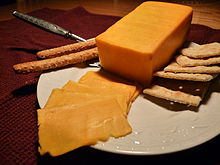
Cheddar cheese is made using a specific production process that sets it apart from other varieties. The process begins with fresh, high-quality milk, which is heated and then inoculated with starter cultures to promote fermentation. After adding rennet, an enzyme that helps coagulate the milk, it is stirred and cut into small curds. The curds are then heated and pressed to release whey, and the resulting blocks of curds are milled and salted. The cheese is then aged for varying periods of time, depending on the desired flavor profile. This aging process allows the flavors to develop and intensify, resulting in the distinct taste and texture of cheddar cheese. Overall, the cheddar cheese production process combines traditional techniques with modern methods to create a delicious and versatile cheese.
Cheddar Cheese Aging And Maturation
During the aging process, cheddar cheese develops its distinct flavor and texture. The cheese is typically aged for varying periods of time, ranging from several months to several years. As it ages, the flavors become more pronounced and complex, with notes of nuttiness and sharpness. The texture also evolves, becoming firmer and drier. The aging process allows the cheese to develop its signature crumbly texture, making it perfect for grating or slicing. The longer the cheddar cheese is aged, the more intense and robust the flavors become, providing a delightful experience for cheese lovers.
Cheddar Cheese Flavor Profiles
Cheddar cheese is known for its rich and distinct flavor profiles. The flavor can vary depending on the age of the cheese. Young cheddar tends to have a mild and creamy flavor with a slight tanginess. As cheddar ages, it develops a sharper and more complex taste, with hints of nuttiness and a tangy bite. Aged cheddar can also have a crumbly texture, adding to its unique flavor experience. Whether enjoyed on its own, melted in a sandwich, or grated over a dish, cheddar cheese brings a bold and savory taste to any culinary creation.
Colby Cheese Production Process
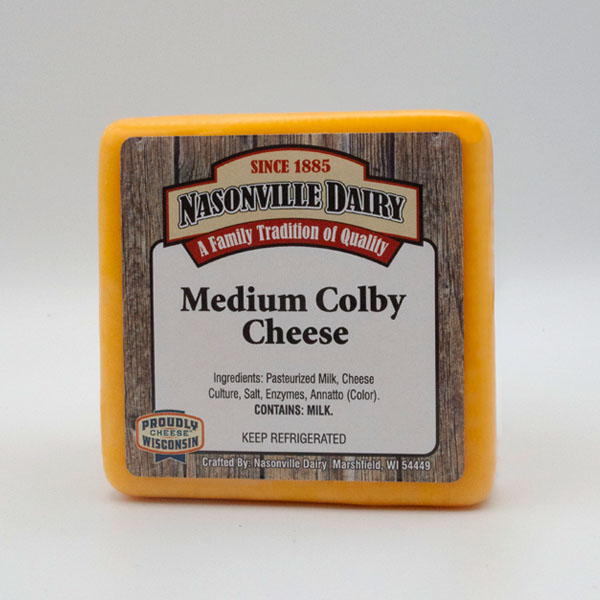
Colby cheese is made using a slightly different production process compared to cheddar cheese. After the milk is pasteurized, the traditional cheddaring process is skipped. Instead, the curds are washed with cold water, stopping the acidification process and resulting in a milder flavor. The curds are then pressed and aged for a relatively shorter period of one to three months, unlike the longer aging process of cheddar cheese. This shorter aging gives Colby cheese a softer and creamier texture. The production process of Colby cheese allows it to develop its distinct mild and creamy taste.
Colby Cheese Color And Texture
Colby cheese is known for its vibrant yellow color and creamy texture. The color of Colby cheese comes from a natural food coloring called annatto, which is made from achiote seeds. This gives the cheese its characteristic yellow hue. In terms of texture, Colby cheese has a softer and more crumbly consistency compared to cheddar cheese. It is smooth and creamy, making it perfect for melting and spreading. The creamy texture of Colby cheese enhances its overall eating experience and adds a delightful creaminess to dishes.
Colby Cheese Uses In Cooking
Colby cheese is a versatile ingredient that can be used in various ways to enhance the flavor and texture of dishes. Its creamy and mild taste makes it a great choice for melting, which makes it perfect for grilled cheese sandwiches, quesadillas, and macaroni and cheese. Colby cheese can also be shredded and used as a topping for pizzas, tacos, and casseroles. Additionally, it can be incorporated into omelets, salads, and soups for an added creamy element. Its smooth texture and meltability make Colby cheese a favorite among home cooks and chefs alike.
Cheddar Vs Colby: Key Differences
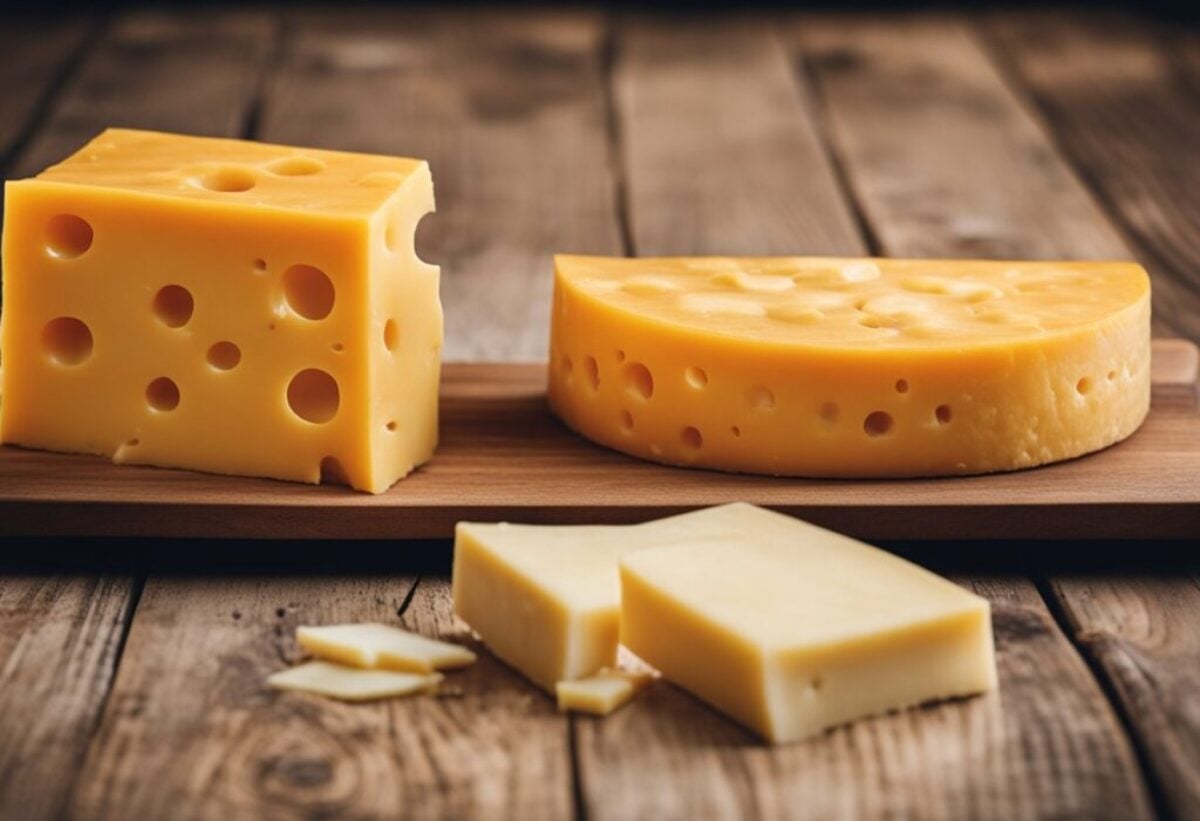
Cheddar and Colby may both be popular cheese varieties, but there are key differences that set them apart. When it comes to taste and texture, Cheddar cheese tends to be sharper, more tangy, and more crumbly, while Colby cheese is milder, sweeter, and has a smoother texture. The aging process also differs, with Cheddar being aged for longer periods (often 10+ years) compared to Colby. In terms of usage, Cheddar is preferred for its strong flavor in dishes like burgers and sauces, while Colby’s creaminess makes it a great choice for melting in sandwiches and quesadillas. When deciding which cheese to use, consider the flavor profile you desire and the specific cooking applications.
Taste, Texture, And Melting Properties
Cheddar and Colby have distinct differences when it comes to taste, texture, and melting properties. Cheddar cheese, with its sharp and tangy flavor, has a crumbly texture that adds a delightful bite to dishes. On the other hand, Colby cheese has a milder and sweeter taste, with a smoother texture that makes it perfect for melting. When it comes to melting, Cheddar cheese tends to retain its shape better, while Colby cheese melts readily, resulting in a creamy and smooth consistency. These differences in taste, texture, and melting properties make each cheese suitable for different culinary applications.
Usage In Recipes And Pairings
Both Cheddar and Colby cheeses offer versatile usage in recipes and pairings. Cheddar cheese, with its sharp flavor and crumbly texture, is perfect for melting and adding depth to dishes like macaroni and cheese, burgers, and casseroles. It also pairs well with fruits, nuts, and dark breads, creating a balanced and flavorful combination. On the other hand, Colby cheese, with its milder and creamier taste, is ideal for snacking and sandwiches. It goes well with crackers and light breads, adding a creamy and subtle flavor to the dish. Whether in recipes or pairings, both Cheddar and Colby cheeses bring their unique characteristics to the table, elevating the overall culinary experience.
Conclusion
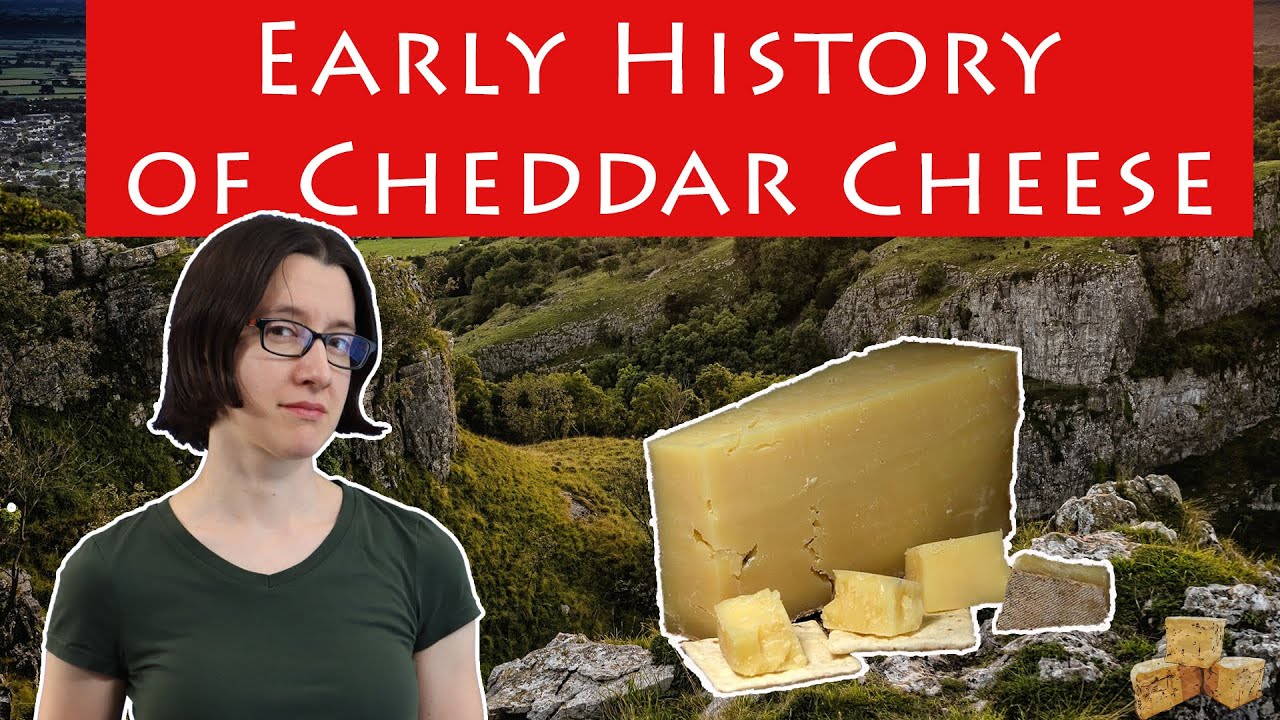
In conclusion, the showdown between Cheddar and Colby cheese has highlighted their distinct characteristics and flavors. Cheddar cheese, with its rich and sharp taste, is a versatile option for melting and adding depth to various dishes. On the other hand, Colby cheese offers a milder and creamier flavor, perfect for snacking and sandwiches. Both cheeses have their unique uses in recipes and pairings, enhancing the overall culinary experience. Whether you prefer the boldness of Cheddar or the subtle creaminess of Colby, the choice ultimately comes down to personal preference. So go ahead, explore the world of cheeses and savor the taste of these delightful creations.
Final Thoughts On Cheddar Vs Colby
After comparing the characteristics, flavors, and uses of Cheddar and Colby cheese, it is clear that both options have their own unique appeal. Cheddar cheese offers a bold and sharp taste, making it a great choice for melting and adding depth to various dishes. On the other hand, Colby cheese has a milder and creamier flavor, perfect for snacking and sandwiches. Ultimately, the choice between Cheddar and Colby comes down to personal preference and the specific recipe or pairing. Therefore, explore the world of cheeses and savor the taste of these delightful creations.
How To Choose The Right Cheese
When it comes to choosing the right cheese, there are a few factors to consider. First, think about the flavor profile you’re looking for. If you prefer a bold and sharp taste, go for Cheddar cheese. If you prefer something milder and creamier, Colby cheese is a great option.
Next, consider the texture you desire. Cheddar cheese has a firmer texture, perfect for melting and adding depth to dishes. Colby cheese, on the other hand, is softer and melts easily, making it a great choice for snacking and sandwiches.
Lastly, think about the specific recipe or pairing. Cheddar cheese works well in macaroni and cheese, burgers, and casseroles. Colby cheese is great for grilled cheese sandwiches, quesadillas, and cheese platters.
Ultimately, the right cheese choice depends on your personal preference and the dish you’re preparing. So explore different varieties, experiment with flavors and textures, and enjoy the wonderful world of cheese!
FAQ About Cheddar Vs Colby: Cheese Showdown
Q: What is the main difference between Cheddar and Colby cheese?
A: The main difference lies in the aging process and flavor. Cheddar is aged longer, giving it a sharper and more pronounced taste, while Colby is aged for a shorter period, resulting in a milder flavor and a softer texture.
Q: Can Cheddar and Colby cheese be used interchangeably in recipes?
A: While both cheeses are great for melting, they have distinct flavors that may not always be interchangeable. Cheddar works well in dishes where a bold cheese flavor is desired, while Colby can be a good substitute for a milder taste.
Q: Which cheese is better for snacking – Cheddar or Colby?
A: Both Cheddar and Colby can be excellent choices for snacking, depending on personal preference. Cheddar’s sharper flavor offers a more intense snacking experience, while Colby’s mild taste may be preferred by those looking for a lighter snack.
Q: Are there any nutritional differences between Cheddar and Colby cheese?
A: Both Cheddar and Colby cheese are good sources of protein and calcium. However, Cheddar tends to have a slightly higher fat content due to its longer aging process, while Colby is typically lower in fat.
Q: Can lactose-intolerant individuals consume Cheddar and Colby cheese?
A: Generally, aged cheeses like Cheddar and Colby have lower lactose content compared to fresh cheeses. While individual tolerance may vary, many lactose-intolerant individuals find they can enjoy Cheddar and Colby cheese in moderation.

The Bird ‘n’ Bike Cafe ‘n’ Bar is a charming establishment nestled in the heart of Chiltern, Victoria, where locals and visitors alike come together to enjoy delicious food, great company, and a warm, welcoming atmosphere. With 1187 likes and 136 check-ins, it’s clear that the Bird ‘n’ Bike has captured the hearts of many. Our cafe and Bar is open from Wednesday to Sunday, inviting guests to start their day with us from 8 am to 2:30 pm. Whether you prefer to dine in and savor the cozy ambiance or grab a delicious meal, we’ve got you covered.